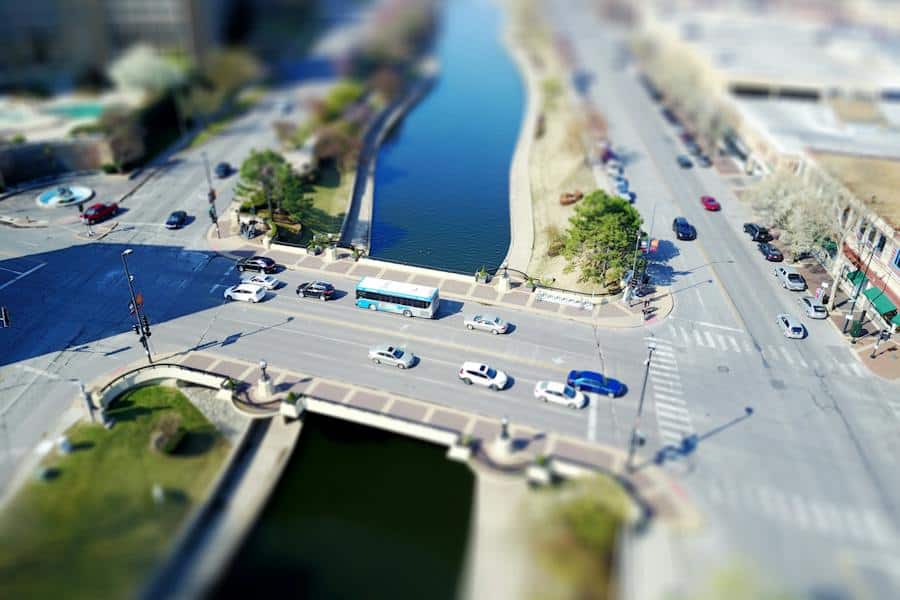
In recent years, Maine has been at the forefront of implementing progressive traffic technologies, all in the pursuit of making roads safer for its residents. At the helm of these efforts is Governor Janet Mills, who has recognized the importance of leveraging technology to improve motor vehicle safety and reduce car accidents and fatalities.
Understanding The Problem
Maine, like many other states, grapples with the challenges of ensuring the safety of its drivers. With varying terrain, weather conditions, and traffic patterns, the state has its unique set of road safety issues. According to the Maine Department of Public Safety, the number of car accidents in Maine had been on the rise in previous years. This concerning trend highlighted the need for a comprehensive solution that goes beyond traditional traffic management methods.
Governor Mills’ Initiative
Under Governor Mills’ leadership, Maine embarked on an ambitious project to integrate advanced traffic technology into its road management systems. This initiative was not just about implementing new technology but was rooted in a holistic approach to improving road safety.
Governor Mills emphasized the need for data-driven solutions. With the proliferation of smart devices and connected vehicles, the opportunity to gather real-time data about traffic patterns, vehicle speeds, and other relevant metrics became apparent. By analyzing this data, authorities could pinpoint high-risk areas, understand the causes of frequent accidents, and deploy interventions more effectively.
Investing In Innovation
One of the flagship projects under Governor Mills’ traffic technology initiative was the installation of Intelligent Transportation Systems (ITS). ITS uses a combination of cameras, sensors, and communication devices to monitor traffic conditions, manage traffic flow, and provide real-time information to drivers. For instance, if there’s an accident or congestion on a particular route, ITS can relay this information to drivers, suggesting alternate routes or cautioning them to reduce speed.
Another noteworthy investment was in Vehicle-to-Everything (V2X) communication systems. V2X technology allows vehicles to communicate with each other and with infrastructure like traffic lights, signs, and sensors. Such communication can alert drivers about potential hazards, like a car braking suddenly ahead or a pedestrian crossing the street.
Measurable Impact
Thanks to these investments, Maine started witnessing a decline in both car accidents and fatalities. While it’s still early days, preliminary data suggests that areas equipped with ITS and V2X systems have seen a significant reduction in traffic-related incidents.
Furthermore, the initiative has had other positive spillover effects. Reduced traffic congestion leads to lower carbon emissions, making it an environmentally friendly solution. Moreover, real-time traffic data can help town planners and policymakers make informed decisions about infrastructure development.
Looking To The Future
Governor Mills’ commitment to improving road safety through technology signifies a forward-thinking approach to governance. It’s a testament to the fact that when technology is harnessed effectively, it can lead to transformative changes in society.
While the initial results are promising, the journey to ensuring complete road safety is a long one. Continuous investment in technology, regular system upgrades, and public awareness campaigns are crucial to sustaining the momentum.
Maine’s journey in overhauling its traffic management systems is not just a testament to the state’s commitment to safety but also a beacon for other regions grappling with similar challenges. The success stories emerging from its towns and cities offer a blueprint for how technology, when integrated thoughtfully, can revolutionize the way we approach road safety and transportation.
Under the visionary leadership of Governor Janet Mills, Maine has not only made strides in reducing accidents and ensuring smoother traffic flow but has also underscored the importance of public welfare in governance decisions. As other states look to the future of their own transportation networks, they would do well to consider Maine’s achievements as a benchmark for success in utilizing technology for the greater good.








